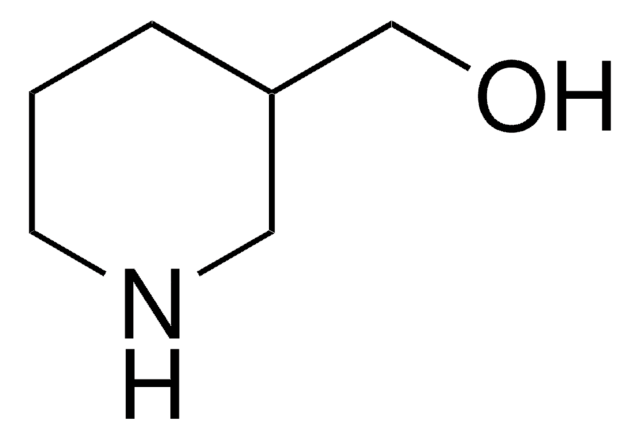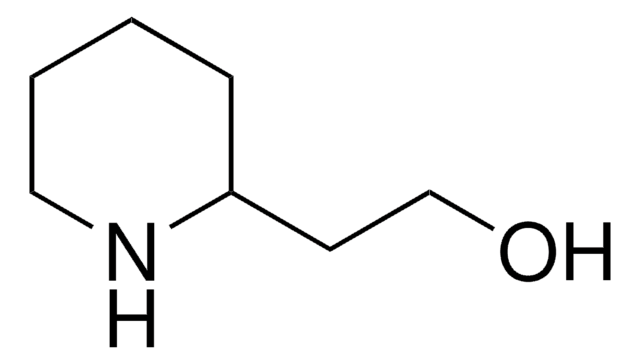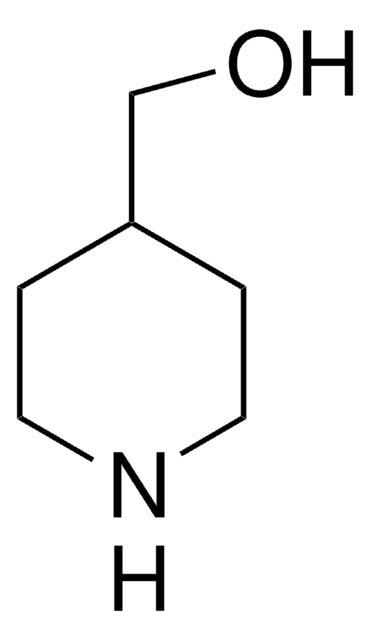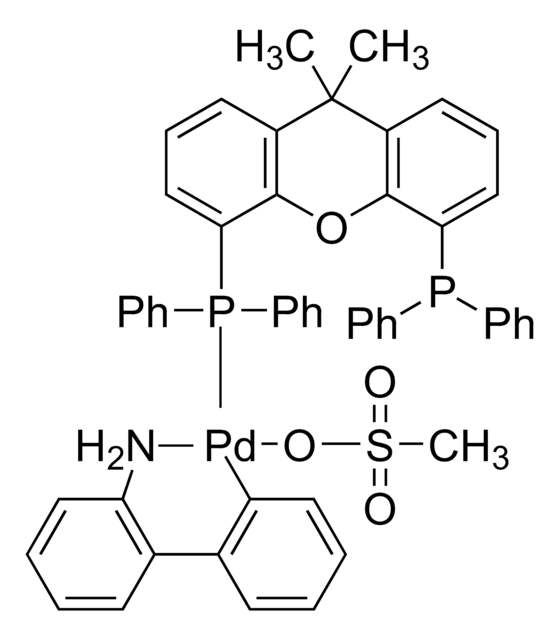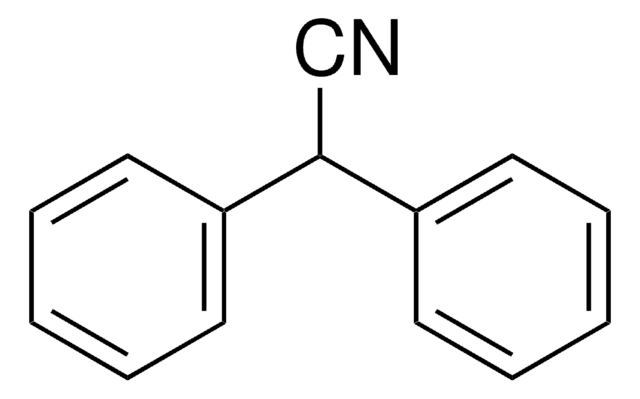155225
2-Piperidinemethanol
97%
Synonym(s):
2-(Hydroxymethyl)piperidine
Sign Into View Organizational & Contract Pricing
All Photos(3)
About This Item
Empirical Formula (Hill Notation):
C6H13NO
CAS Number:
Molecular Weight:
115.17
EC Number:
MDL number:
UNSPSC Code:
12352100
PubChem Substance ID:
NACRES:
NA.22
Recommended Products
Quality Level
Assay
97%
form
solid
mp
68-70 °C (lit.)
SMILES string
OCC1CCCCN1
InChI
1S/C6H13NO/c8-5-6-3-1-2-4-7-6/h6-8H,1-5H2
InChI key
PRAYXGYYVXRDDW-UHFFFAOYSA-N
Application
2-Piperidinemethanol was used in the synthesis of 3-phenyloctahydropyrido[2,1-c][1,4]oxazine hydrochloride and the 10R and 10S diastereomers.
Signal Word
Danger
Hazard Statements
Precautionary Statements
Hazard Classifications
Eye Dam. 1 - Skin Corr. 1B
Storage Class Code
8A - Combustible corrosive hazardous materials
WGK
WGK 3
Flash Point(F)
Not applicable
Flash Point(C)
Not applicable
Personal Protective Equipment
dust mask type N95 (US), Eyeshields, Gloves
Choose from one of the most recent versions:
Already Own This Product?
Find documentation for the products that you have recently purchased in the Document Library.
Customers Also Viewed
T N Riley et al.
Journal of medicinal chemistry, 19(2), 334-336 (1976-02-01)
3-Phenyloctahydropyrido[2,1-c][1,4]oxazine hydrochloride and the 10R and 10S diastereomers have been synthesized from (+/-)-, (+)-, and (-)-2-piperidinemethanol. Treatment of 2-piperidinemethanol with alpha-bromoacetophenone gave 3-hydroxy-3-phenyloctahydropyrido[2,1-c][1,4]oxazine which was readily converted to the 3-phenyl derivative by catalytic hydrogenolysis. These compounds were shown to possess
Mostafa Hadei et al.
Journal of occupational medicine and toxicology (London, England), 13, 30-30 (2018-10-03)
The use of cosmetic products in beauty salons emits numerous kinds of toxic air pollutants. The objectives of this study were to measure the concentrations of benzene, toluene, ethylbenzene, xylene, formaldehyde, and acetaldehyde in 20 large beauty salons in Tehran
Our team of scientists has experience in all areas of research including Life Science, Material Science, Chemical Synthesis, Chromatography, Analytical and many others.
Contact Technical Service
